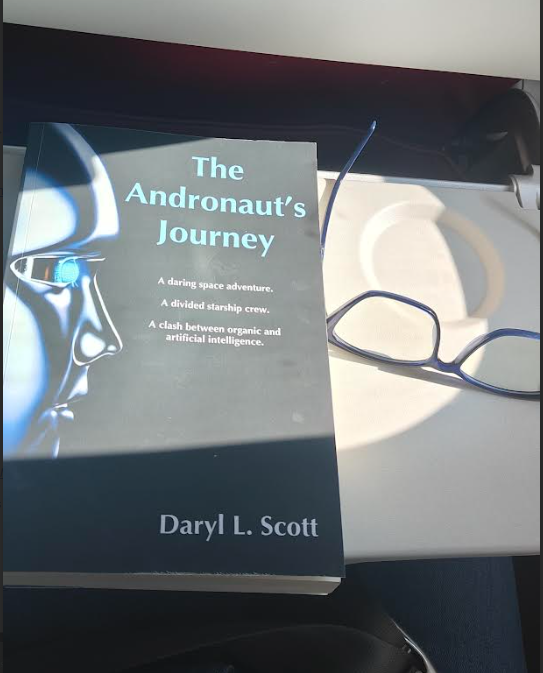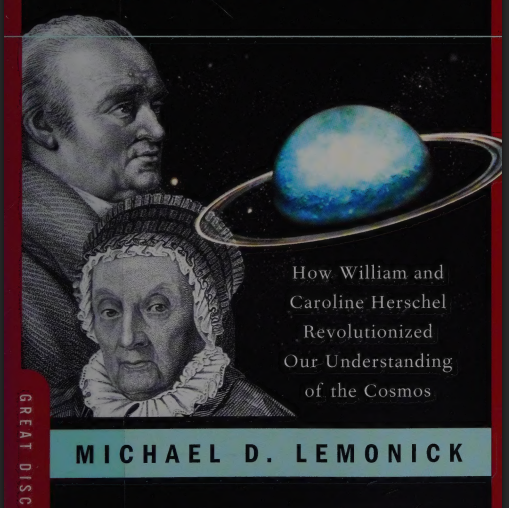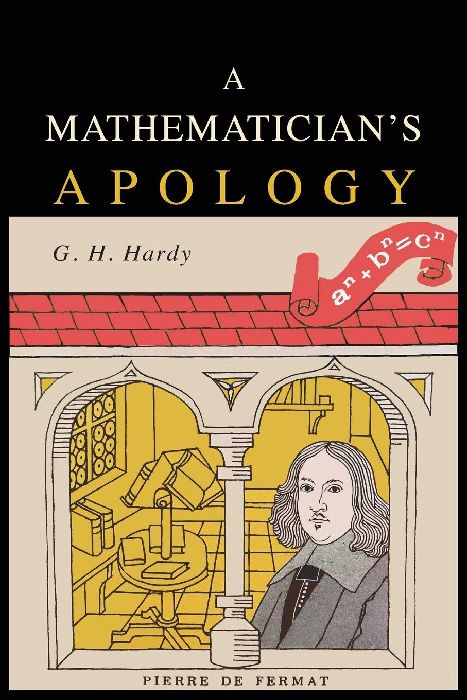
G.H. Hardy (1877-1947) was a prominent British mathematician who made significant contributions in various branches of mathematics, particularly in number theory and analysis.
He collaborated with Indian mathematician Srinivasa Ramanujan and played an important role in recognizing and nurturing his exceptional talent.
“A Mathematician’s Apology,” is a collection of his essays intended to peep into the mind and understand the perspective of a working mathematician.
Although it was primarily written for a lay audience, it has become influential and appreciated within and outside the field of mathematics.
Published in 1940, “A Mathematician’s Apology” reflects Hardy’s personal reflections and thoughts on the nature, beauty, and significance of mathematics.
Writing about mathematics is departure from the primary purpose
The book starts with a moving sentence,
“It is a melancholy experience for a professional mathematician to find himself writing about mathematics. The function of a mathematician is to do something to prove new theorems.”
These lines form the fundamental motif that runs throughout the book.
The expression by Godfrey Harold Hardy means that he feels a sense of melancholy as he finds himself writing about mathematics than actively proving new theorems.
Mathematics is a field driven by curiosity, exploration, and the pursuit of new knowledge. Pushing the boundaries of what is known and finding elegant solutions to unsolved problems are a few things that mathematicians, in general, are passionate about.
The entirety of the following contributes to the advancement of mathematical knowledge along with growth and development of mathematics as a discipline:
- proving new theorems,
- writing and communicating mathematical ideas,
- developing new concepts and techniques,
- collaboration with peers, and
- teaching others
Hardy suggests that instead of doing the above-mentioned things, he is spending time writing about mathematics and this is disheartening for him.
Mathematics and his motivation for pursuing it
According to the book, Hardy’s views on mathematics evolved throughout his life. For instance, in his youth, his inclination was towards scholarships, examinations, and competition with his peers.
Later in life, his perspective on mathematics matured. He began to appreciate its aesthetics, beauty, and abstract nature.
He believed that mathematical ideas and discoveries can persist through time and have a lasting impact even after the mathematicians who originated them have passed away.
“Immortality may be a silly word, but probably a mathematician has the best chance of whatever it may mean.” (p12.)
This view suggests that mathematics deals with abstract concepts and structures that transcend the limitations of individual lifespans.
However, as he grew older, his motivations and enthusiasm for mathematics waned. The weight of age and the passage of time seemed to have diminished his spirit and potentially affected his pure dedication towards the subject.
Creativity in mathematics and aging
Hardy suggests that many great mathematicians, such as Abel, Galois, and Ramanujan, made significant contributions at a young age but died relatively young as well.
He also mentions Newton, who shifted his focus away from mathematics after the age of fifty.
According to Hardy’s perspective, creativity in mathematics tends to diminish with age. This hints that his own passion for the subject has diminished. Despite this, Hardy still finds beauty in mathematics and sees himself as an old artist, past his prime but with an enduring appreciation for his craft.
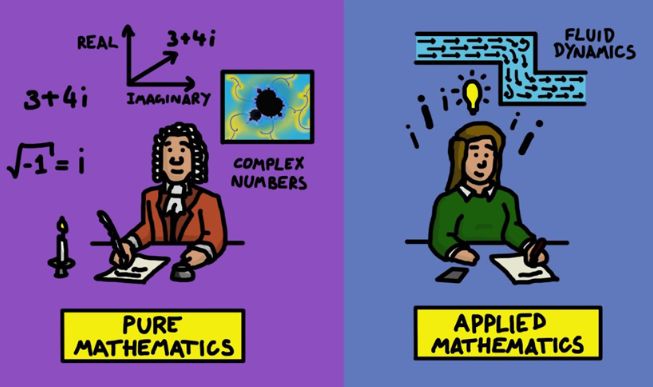
Division of mathematics: Pure and Applied
Hardy, then, ponders on the topic – Is mathematics a practical profession?
He says, mathematics is a field that encompasses both pure and applied aspects, and its practicality depends on how it is utilized. Accordingly, he divides the subject into two parts: pure and applied.
Pure mathematics focuses on abstract concepts and rigorous proofs. It may not have immediate and direct applications in the same way as applied mathematics. Yet, he feels, it plays an important role in advancing scientific knowledge and technology.
Hardy asserts, pure mathematicians seek to uncover deep and elegant truths. Develop rigorous proofs, and explore the inherent beauty and structure of mathematics. They are driven by a sense of aesthetic pleasure and intellectual curiosity.
While, applied mathematics involves the use of mathematical techniques and concepts to solve practical problems and address real-world phenomena.
Applied mathematicians work in collaboration with scientists, engineers, and professionals from various fields to develop mathematical models, analyze data, and provide practical solutions. The focus is on utilizing mathematical tools to understand and solve problems in specific domains.
Hardy, a pure mathematician
Hardy, being a pure mathematician himself, held pure mathematics in high regard.
He was of the view that pure mathematics have intrinsic value. And therefore, it should be pursued for its own sake, independent of its practical applications.
From this standpoint, the pursuit of pure mathematics was analogous to an art form. Like an artist, mathematicians too create and appreciate intellectual beauty.
Although, he says, pure mathematics might not have immediate and direct practical applications. The pursuit, however, is important for the intellectual development of humanity.
“The ‘seriousness’ of a mathematical theorem lies, not in its practical consequences, which are usually negligible, but in the significance of the mathematical ideas which it connects… Thus a serious mathematical theorem, a theorem which connects significant ideas, is likely to lead to important advance in mathematics itself and even in other sciences.” (p16.)
Interplay between pure and applied mathematics
Hardy accepted that there is an interplay between pure and applied mathematics. These interactions, often lead to advancements in pure mathematics, which heightens the probability of unforeseen applications in the future.
This is quite true, the interconnectedness (of pure and applied mathematics) has led to interesting formulation. For instance, study of abstract algebra, (initially considered a purely theoretical discipline), found crucial applications in coding theory, cryptography, and computer science.
Similarly, number theory, another branch of pure mathematics, formed the basis for modern encryption algorithms used to secure online transactions and protect sensitive information.
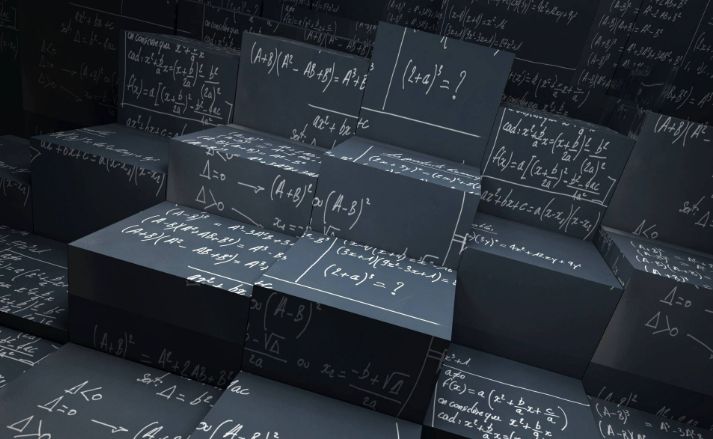
Famous theorems of Greek mathematics
Hardy also presented some mathematics to his readers. In his words, “the famous theorems of Greek mathematics are ‘simple’ theorems, simple both in idea and in execution, but there is no doubt at all about their being theorems of the highest class.” (p18.)
And
“both the statements and the proofs can be mastered in an hour by any intelligent reader, however slender his mathematical equipment.” (p18.)
He talks about Euclid’s proof of the existence of an infinity of prime numbers.
Euclid’s proof of the infinitude of primes demonstrates that no matter how many prime numbers we list, we can always construct a number that is either:
- a new prime or
- divisible by a prime number that is not in the list.
Therefore, there will always be a prime number greater than any finite list of primes.
Euclid’s proof is considered a fundamental result in number theory and has been widely studied and appreciated for its simplicity and elegance.
Second example is Pythagoras’s proof of the ‘irrationality’ of 2.
It demonstrates that the square root of 2 cannot be expressed as a fraction or ratio of two integers. It was an important discovery as it challenged the Pythagorean belief in the “harmony of numbers”. Additionally, it also revealed the existence of irrational numbers.
Third is Fermat’s ‘two square’ theorem. It states that any prime number of the form 4k + 1, where k is a non-negative integer, can be expressed as the sum of two square numbers.
Cantor’s theorem of the ‘nonenumerability’ of the continuum.
The continuum refers to the set of all real numbers. According to which, the set of real numbers is uncountably infinite, meaning that it cannot be put into a one-to-one correspondence with the set of natural numbers (the counting numbers).
Comparison between ‘real mathematics’ and chess
Hardy claims,
“the superiority of the mathematical theorems in seriousness is obvious and overwhelming” (p22.)
The author implies that the theorems of Euclid and Pythagoras have had a profound influence on thought, even outside the realm of mathematics.
These theorems are regarded as having made significant contributions to human understanding and have had implications and applications beyond their immediate mathematical context.
With respect to chess problems, which are more limited in their scope and influence.
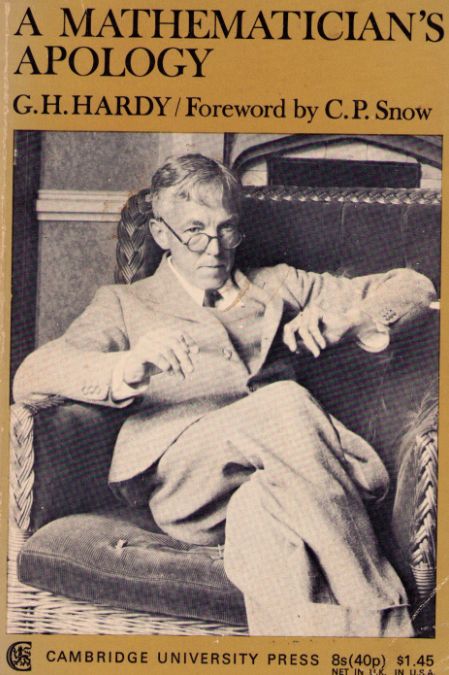
Takeaway
Hardy’s eloquence, honesty, and introspection while writing this work caught my attention.
After reading this book and Pickover’s idea of Mathematical Platonism (in his book Passion for Mathematics) I have developed a new way of looking at mathematics.
The subject for me is now another equivalent form of art, where Pythagoras, Newton, Euler, Euclid, Brahmagupta, Archimedes, G. H. Hardy, Clifford Pickover are all artists. These masters derive aesthetic pleasure by solving mathematical problems and discovering new theorems.
“A Mathematician’s Apology” continues to resonate with mathematicians and non-mathematicians alike, since it captures the passion and devotion that drives their work. I thoroughly enjoyed reading it. Even though, I detoured a bit to understand the theorem mentioned in the book.
If you fall under the category of mathematically-curious audience, you will surely be going to enjoy this work of art. I highly recommend it.


